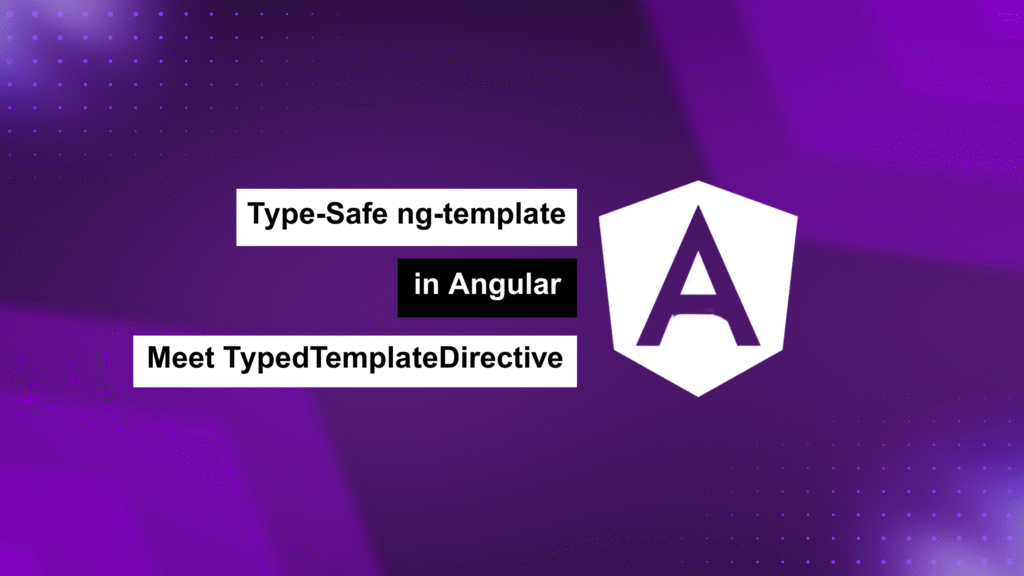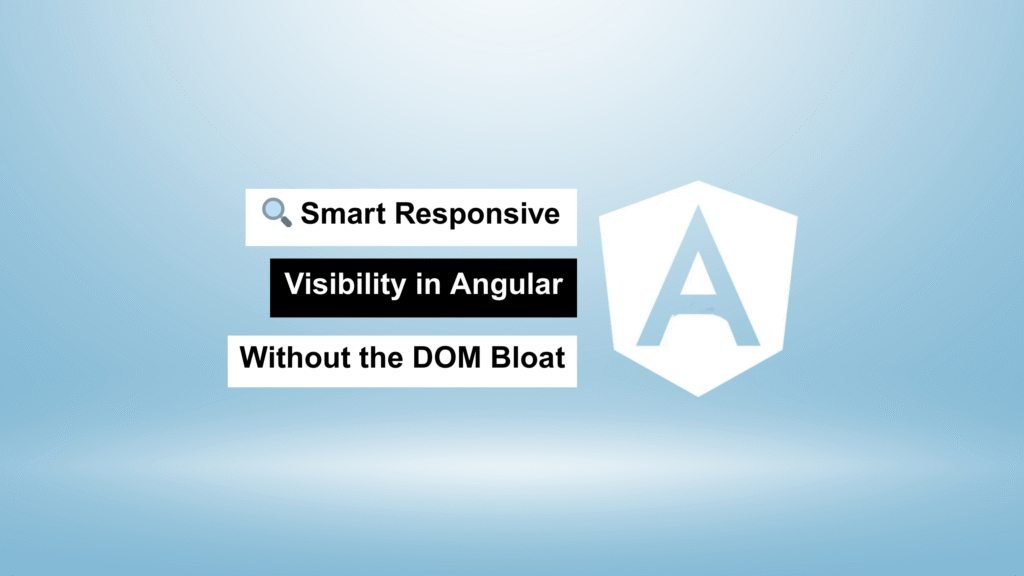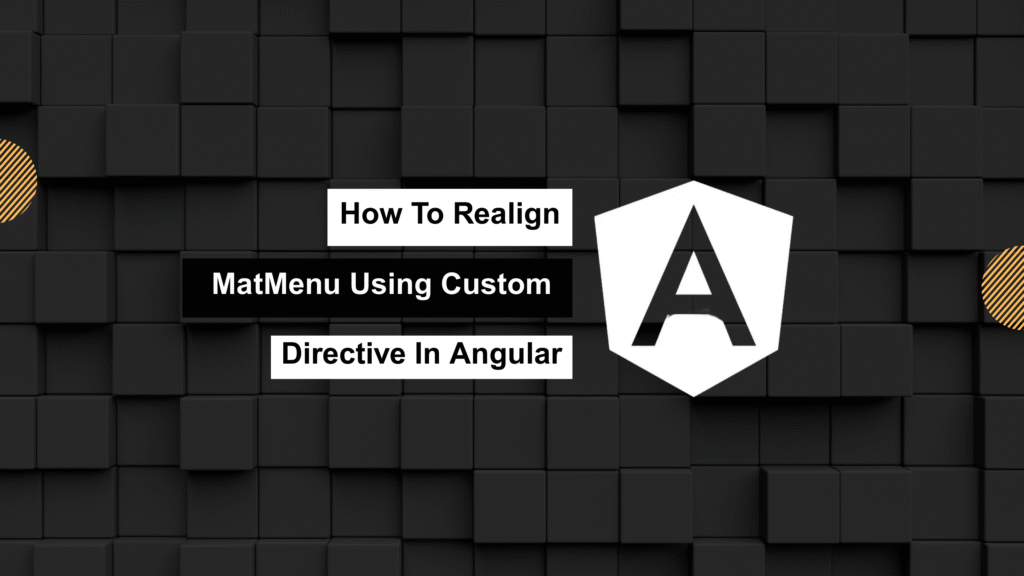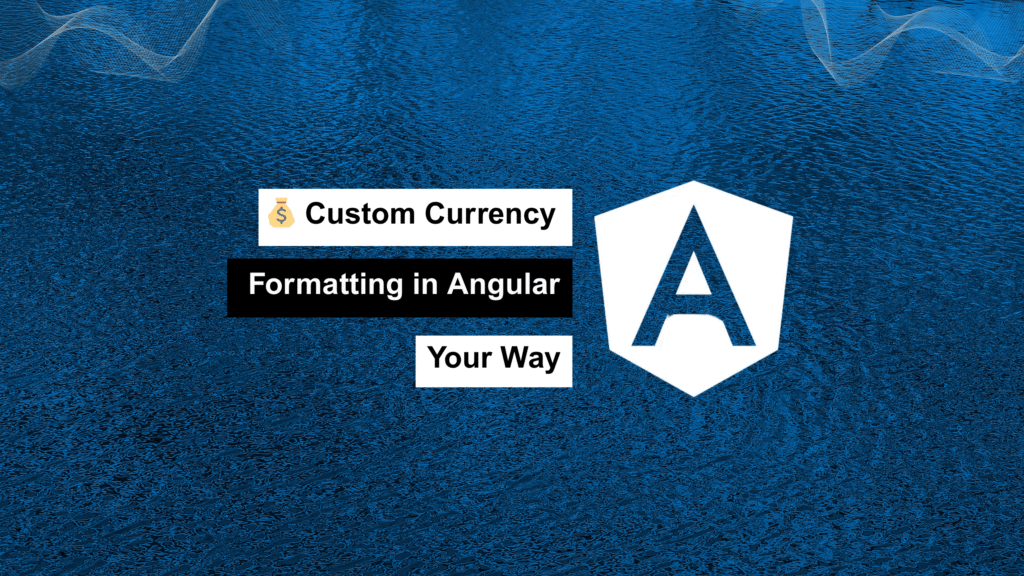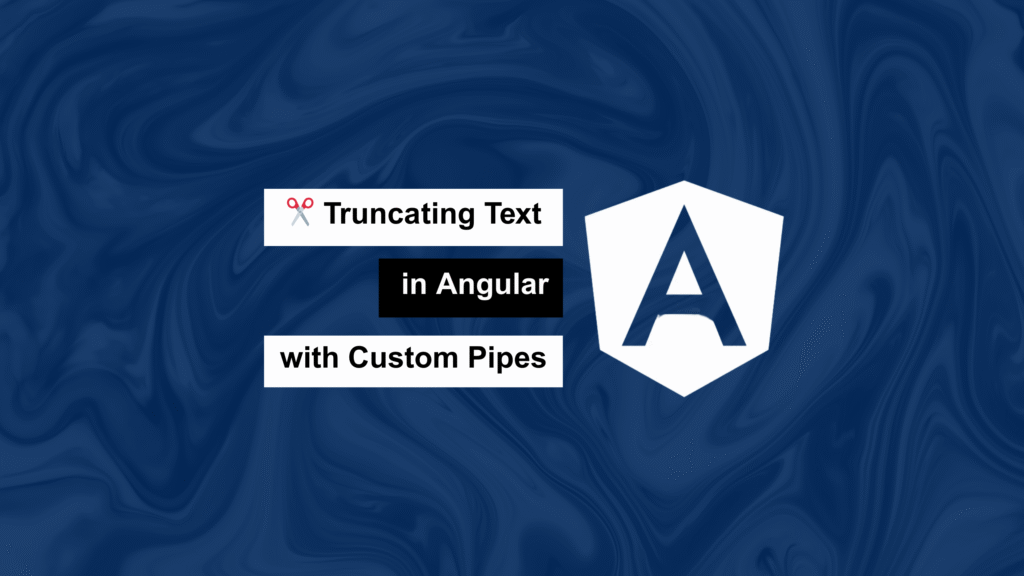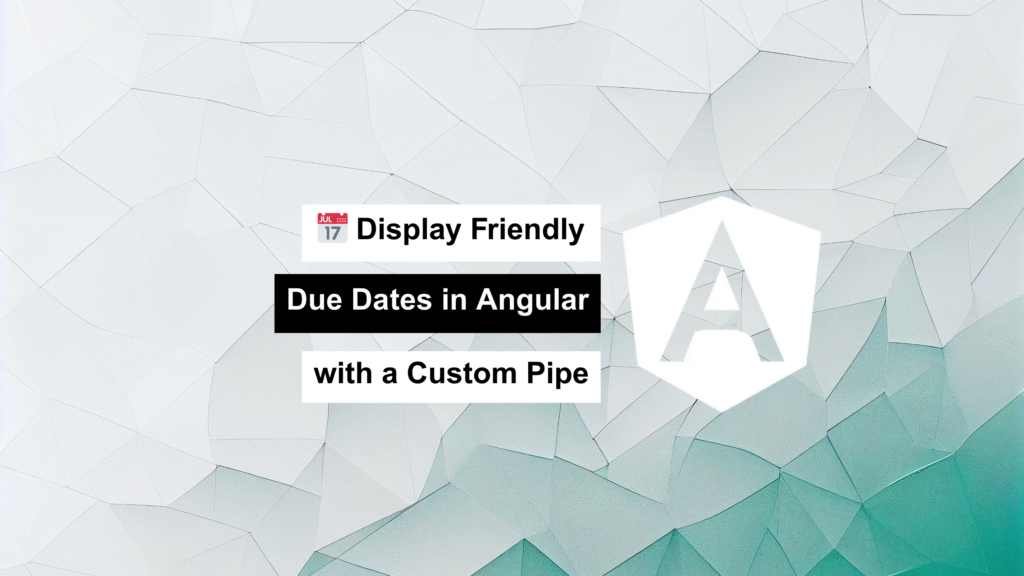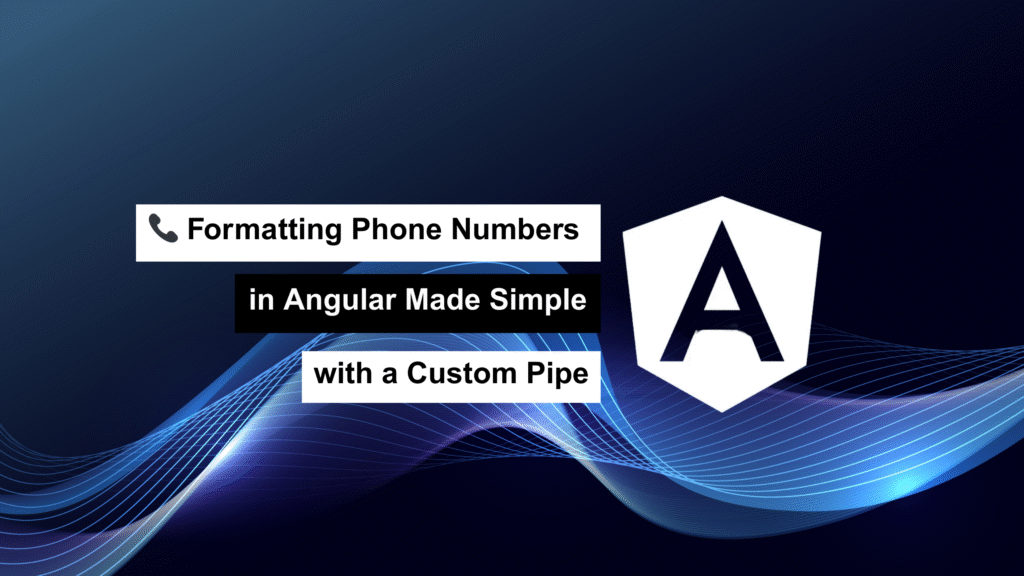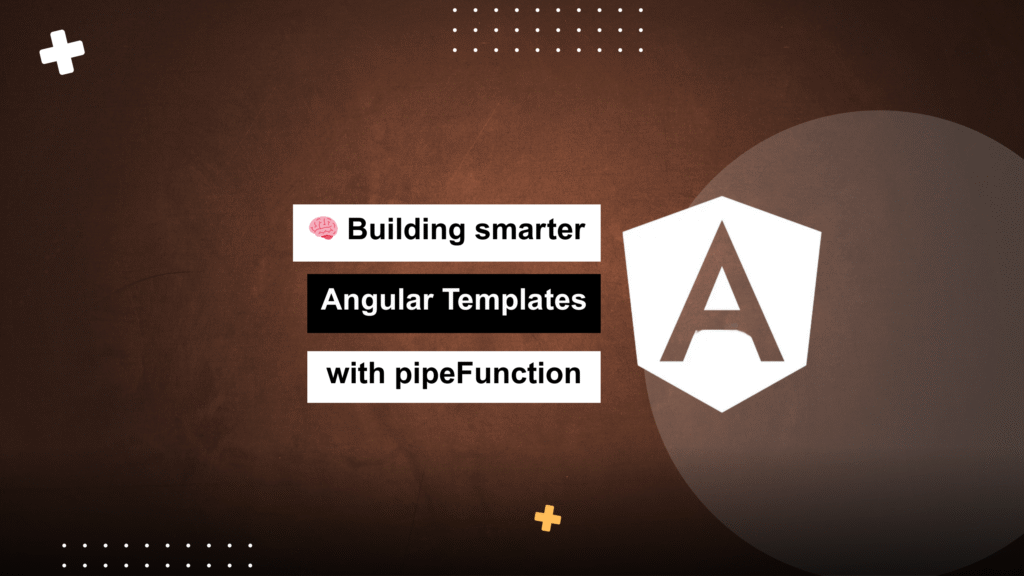Type-Safe ng-template in Angular — Meet TypedTemplateDirective
If you’ve ever used ng-template in Angular, you know how powerful it is for building dynamic, reusable UI components. But here’s the catch: type safety goes out the window. You’re left guessing what’s available in the template context, and IDEs can’t help much. That’s where the TypedTemplateDirective comes in — a simple trick to lock […]
Type-Safe ng-template in Angular — Meet TypedTemplateDirective Read More »
